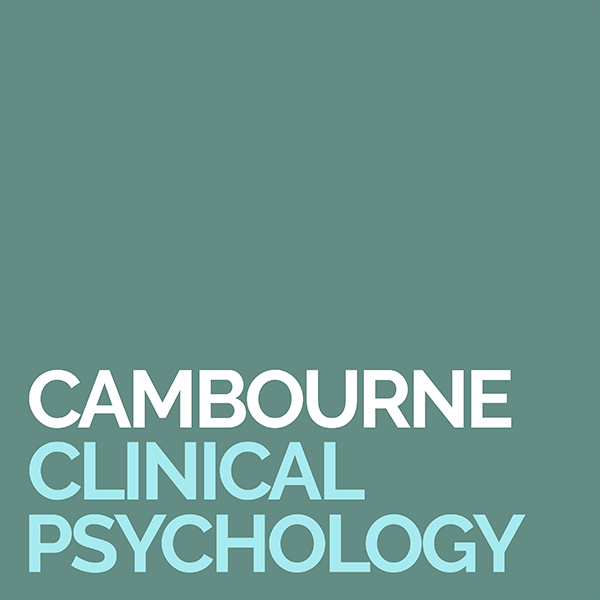Anxiety and Long-Term Conditions
2nd May 2017You’re woken suddenly from your sleep at 3 a.m. gripped by pain and unable to breathe. It’s dark and you’re all alone. All kinds of thoughts begin running through your mind: “Something dreadful is happening to me. There’s nobody to help me. I don’t know what to do. What if it gets worse and I can’t get help? What if die here, alone?”. How would you feel? Frightened? Terrified? Anxious? Panicked? What would you do? Call an ambulance or phone a family member for help?
When we experience pain or breathlessness or other unpleasant sensations in our body, the normal response is that of fear. Fear or anxiety are a healthy reaction to danger and alerts us to the fact that something may be seriously wrong with our body. Anxiety kick starts the body’s survival instincts and drives us to do something to deal with the problem. It creates a cascade of physiological and behavioural changes to prepare the body to deal with danger.
In order to prepare the muscles to help us flee danger, blood is diverted from organs to the muscles. To help get the blood around the body, our heart starts beating more rapidly. To ensure there is a good supply of oxygen in our blood, we start to breathe more deeply and rapidly. When we’re in danger, the body doesn’t need to be wasting energy on digesting food so blood is diverted from the gut; the bladder and bowels are emptied. We need to be hypervigilant to signs of danger and so our senses are heightened; we may have ‘tunnel vision’. We might also notice other normal symptoms such as a dry mouth, shaking, dizziness, nausea and sweating. Anxiety drives us to do something to make us feel safe again. If we fear that we’re seriously ill, a normal response would be to seek help or take medication.
Anxiety is a good, healthy, adaptive response to a situation that is perceived as dangerous and serves to help keep us safe. However, what happens when these ‘dangerous’ symptoms become chronic? What if they are a regular symptom that we experience as part of a known condition? Pain may be a normal part of your daily life after an accident or illness. Breathlessness may be part of a long-term condition such as asthma or COPD that you are being monitored and treated for. For some people, knowing the cause of their symptoms can help allay their anxieties. For many people however, it does not. Despite knowing why they have these symptoms, the mind and body still reacts with fear and anxiety leading to many of the additional and potentially distressing symptoms described above.
For some people, the anxiety associated with their long-term condition can be crippling. This can happen for many reasons that will be different for each individual. We understand that sometimes, the symptoms of anxiety can both mimic and exacerbate the symptoms of the physical illness. For example, the rapid breathing or hyperventilation associated with anxiety can significantly exacerbate the breathlessness associated with COPD, heart failure and asthma. The tension of muscles can exacerbate pain and reduce our tolerance. The cognitive effects of anxiety such as poor attention and consequently, poor memory can make neurological conditions such as MS, epilepsy or dementia seem much worse.
Is it all in my head then?
No! The mind and body are not separate entities. They function together, within one human being. When the body is in distress or danger, the mind acts to protect the body. There is continuous feedback between the mind and body. To say something exists solely in the body or the mind, is impossible.
How can therapy help?
The good news is that there are some very effective psychological treatments or talking therapies that can be helpful in a number of ways for people coping with the anxiety of living with a long-term condition. Usually, cognitive-behavioural therapy is the treatment of choice. It can feel quite a relief to talk honestly and openly to someone about your thoughts, feelings and difficulties. Your therapist will help you make sense of your experiences with kindness and understanding. Together, you will develop a ‘formulation’ which is an understanding of what’s led to the anxiety and what is keeping it going. Your therapist will support you in making helpful changes to your thinking. She will enable you look at different ways of coping and responding to your bodily symptoms. Together you will find ways to overcome the vicious cycles that have been limiting your life and work towards your goals. Your goals may be things you would like to start doing again or possibly new directions, which will give your life greater meaning. Towards the end of therapy, you and your therapist will develop a plan to support you in maintaining the improvements you have made.

